Name Franz Sussmayr | Role Composer | |
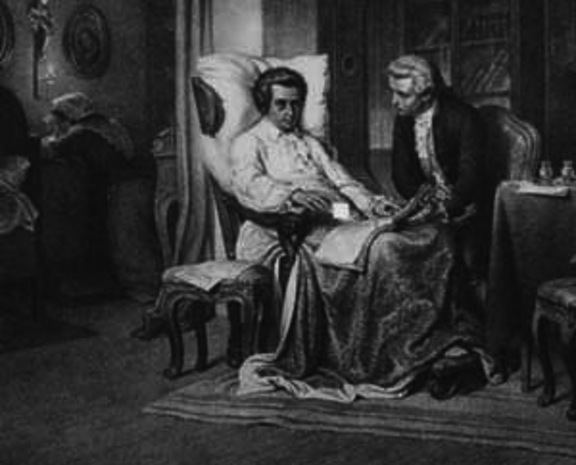 | ||
Died September 17, 1803, Vienna, Austria Compositions Requiem, Requiem, Confutatis, Confutatis, Hostias, Hostias, Requiem Mass in D minor K 626: II "Kyrie eleison" (choir), Requiem Mass in D minor K 626: II "Kyrie eleison" (choir), Requiem in D minor - K 626 (Susmayr completion): VI "Benedictus", Requiem in D minor - K 626 (Susmayr completion): VI "Benedictus", Kyrie in D major - K 91 (Susmayr completion), Kyrie in D major - K 91 (Susmayr completion), Requiem Mass in D minor K 626: VII Communio: "Lux aeterna" (soprano solo and choir), Requiem Mass in D minor K 626: VII Communio: "Lux aeterna" (soprano solo and choir), Requiem Mass in D minor K 626: I Introitus: "Requiem aeternam" (choir and soprano solo), Requiem Mass in D minor K 626: I Introitus: "Requiem aeternam" (choir and soprano solo), Requiem Mass in D minor - K 626: I Introitus: "Requiem aeternam", Requiem Mass in D minor - K 626: I Introitus: "Requiem aeternam", Requiem Mass in D minor K 626: VI "Agnus Dei" (choir), Requiem Mass in D minor K 626: VI "Agnus Dei" (choir), Requiem Mass in D minor K 626: V Sanctus: a "Sanctus Dominus Deus Sabaoth" (choir), Requiem Mass in D minor K 626: V Sanctus: a "Sanctus Dominus Deus Sabaoth" (choir), Concerto for French Horn no 1 in D major - K 386b / KV 514 (Susmayr completion): II Rondo Allegro, Concerto for French Horn no 1 in D major - K 386b / KV 514 (Susmayr completion): II Rondo Allegro, Concerto Movement in D major for Basset Clarinet, Concerto Movement in D major for Basset Clarinet Similar People Joseph Leopold Eybler, Wolfgang Amadeus Mozart, Leopold Mozart, Anton Armstrong, Andreas Delfs | ||
Franz xaver s ssmayr requiem
Franz Xaver Süssmayr (German: Franz Xaver Süßmayr or Suessmayr in English; 1766 – September 17, 1803) was an Austrian composer and conductor. Popular in his day, he is now known for his completion of Wolfgang Amadeus Mozart’s Requiem in D Minor. In addition, there have been performances of Süssmayr’s operas at Kremsmünster, and a new version of his cantata "Der Retter in Gefahr" was performed. There are also CD recordings of his unfinished clarinet concerto (completed by Michael Freyhan), one of his German requiems, and his Missa Solemnis in D.
Contents
- Franz xaver s ssmayr requiem
- MozartSssmayr Requiem Mass in D Minor K 626 Complete
- Early life
- Association with Mozart
- Later career
- Works
- Ballet
- References
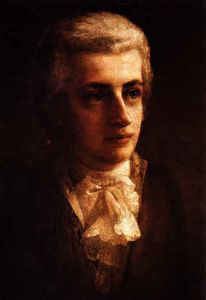
Mozart/Süssmayr: Requiem Mass in D Minor (K. 626) - [Complete]
Early life
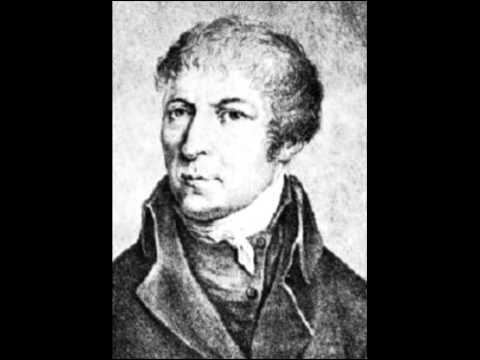
He was born in Schwanenstadt, Upper Austria, the son of a sacristan and teacher (who spelled the name Seissmayr, reflecting the Austrian pronunciation). His mother died when he was 6, and he left home at 13. He was a student and cantor in a Benedictine monastery (from 1779 to 1787) in Kremsmünster. When his voice changed, he became a member of the orchestra as a violinist.
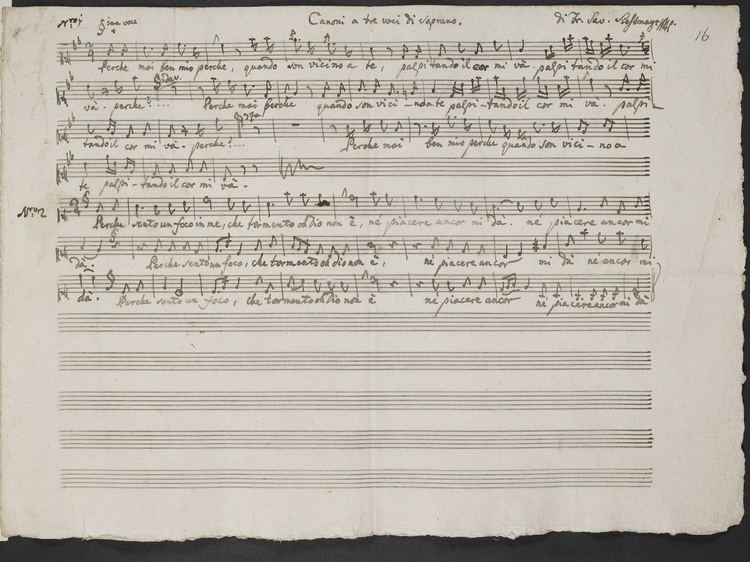
The abbey performed operas and Singspiele, so he had the opportunity to study the operas of Christoph Willibald Gluck and Antonio Salieri. He composed a number of stage works and a good deal of church music for the abbey.
Association with Mozart
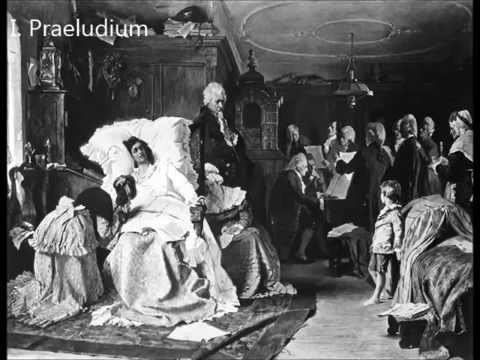
He became (after 1787) a student of Salieri in Vienna. In 1791 he assisted Wolfgang Amadeus Mozart as a copyist with La clemenza di Tito and Die Zauberflöte and is presumed to have written the secco recitatives in the first. Their relationship was close and playful, to judge by surviving letters to Constanze, whom Süssmayr accompanied to Baden.
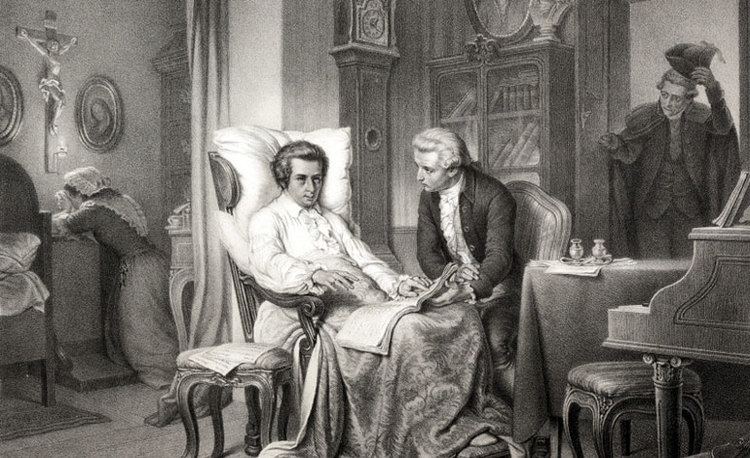
For many years he was also thought to have been a student of Mozart, but there is reason to think that the notion of such a relationship was concocted by Mozart's wife Constanze in order to legitimise his completion of Mozart's Requiem (SmWV 105). During Mozart's last days, it is possible that they discussed his Requiem, and Süssmayr took on the task of completing the piece upon his death and did so, turning it over to Constanze within 100 days of Mozart's death. Süssmayr's version of the score is still the most often played, although several alternative versions have been written.
Süssmayr also composed a rondo for Horn (SmWV 502, K. 514) based on a draft composed in 1791 by Mozart. A comparison between Mozart's draft and Süssmayr's version reveals that Süssmayr used very little of Mozart's material. Süssmayr's rondo also makes use of a plainchant melody, and one explanation of this is that the melody was copied out by Mozart while he was composing the Requiem, which Süssmayr later mistook as material for the rondo. It was included in a piece assembled as Mozart's Horn Concerto No. 1, K. (412+514)/386b.
Later career
In 1792 he also became the vice-director and composer at the Kärntnertortheater. On commission for Emanuel Schikaneder, he composed an unsuccessful opera, Moses oder der Auszug aus Ägypten, which premiered May 4, 1792. He was more successful with Der Spiegel von Arkadien, which played across Europe in 1794, also in a Schikaneder production. This success led to his appointment as Kapellmeister at the National Theater in charge of German opera production.
From this time until 1800, he was very successful and popular on the Viennese music scene. However, after that time, his declining health due to tuberculosis led to decline in his career. He had to beg the theater director to stage his last work, List und Zufall.
His marriage plans came to nothing because of his premature death, which occurred in Vienna in 1803. Like Mozart he was buried in an unmarked grave in the St. Marx cemetery.
Works
His works include the following:
Of special note may be the clarinet concerto (SmWV 501) he most probably wrote for Mozart's clarinetist Anton Stadler, because it was scored for the basset clarinet. Recordings of the work by Dieter Klöcker (on Novalis) on "normal clarinet" and by Thea King (on Hyperion) in a reconstructed version for basset clarinet by Michael Freyhan are available.
